
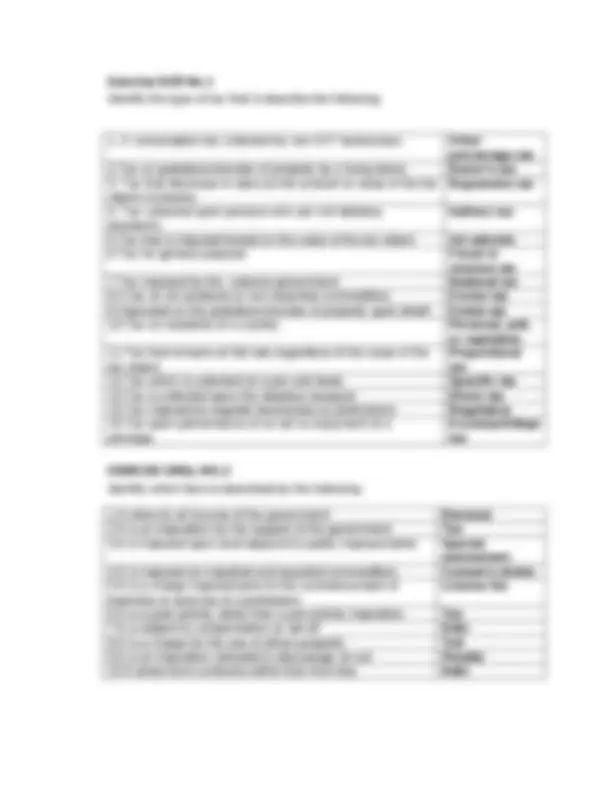
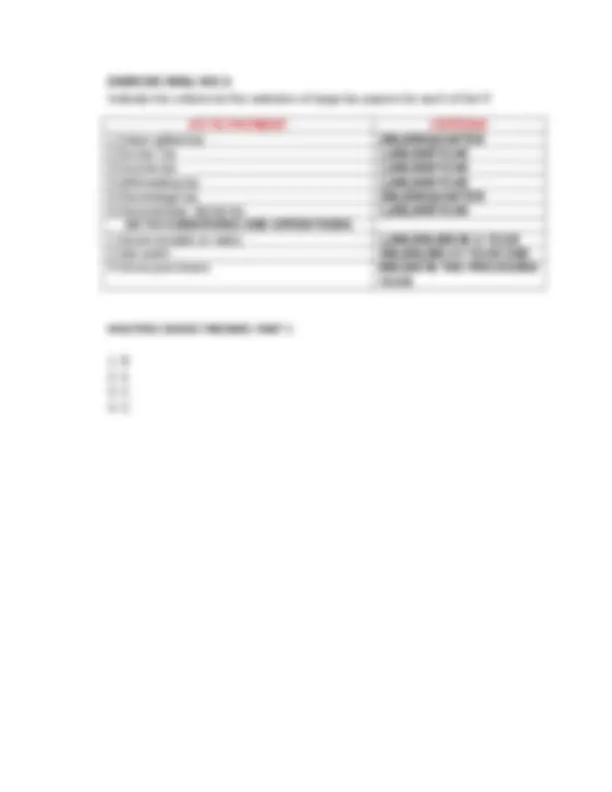
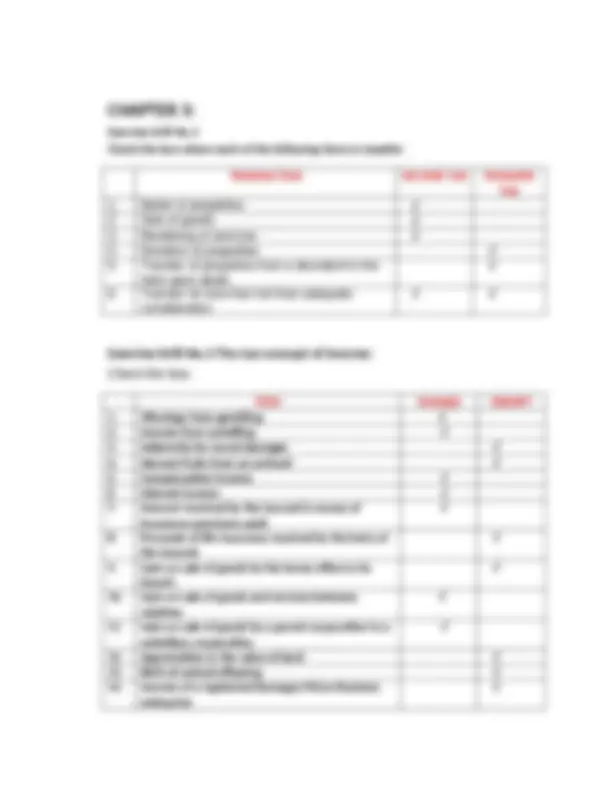
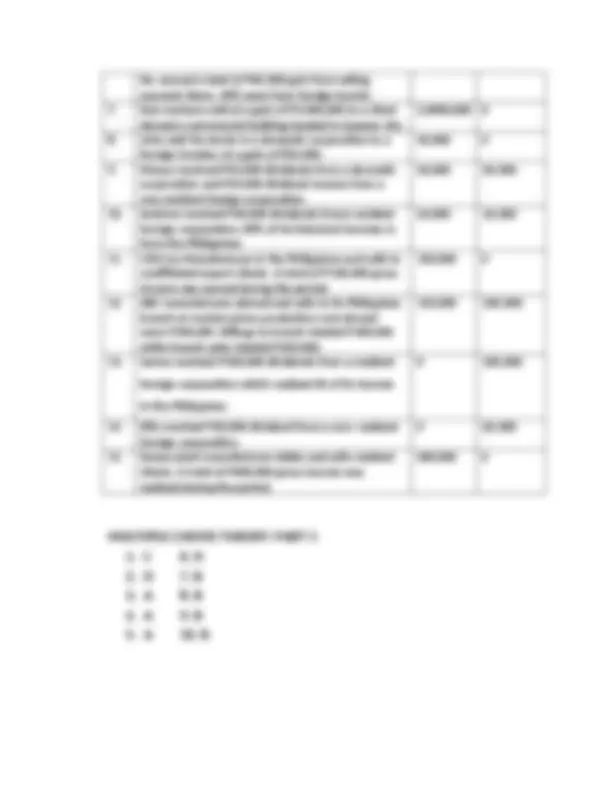
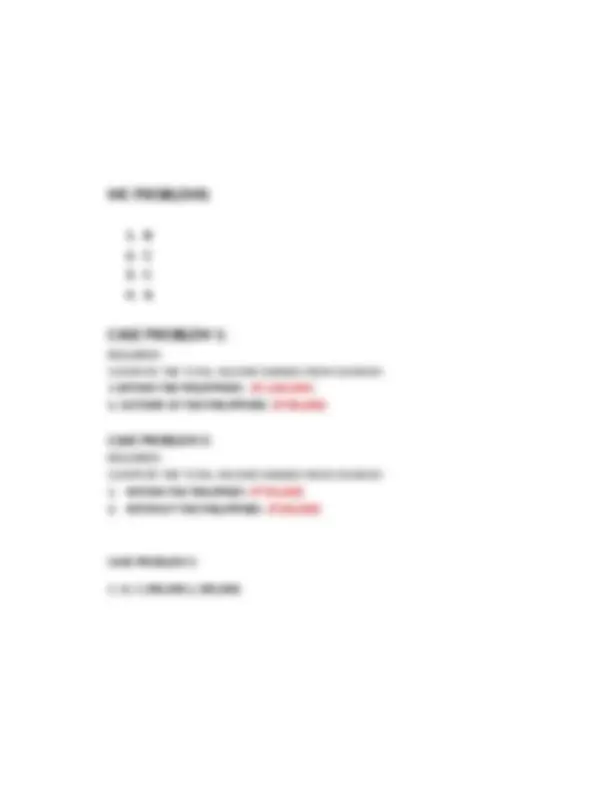


Study with the several resources on Docsity

Earn points by helping other students or get them with a premium plan


Prepare for your exams
Study with the several resources on Docsity

Earn points to download
Earn points by helping other students or get them with a premium plan
Community
Ask the community for help and clear up your study doubts
Discover the best universities in your country according to Docsity users
Free resources
Download our free guides on studying techniques, anxiety management strategies, and thesis advice from Docsity tutors
1. What art form/artwork has changed something in your life? Why account for experience. The artwork or art form that had changed something in my life or my perspective in life is anything painted or made of thread art, a string art. I already told the story of it in my encounter of arts. The woman formed in a thread. I account this in my experience because this is the way why I appreciated the arts especially the paintings because I know there is something behind that I mean the story. Every ti
Typology: Lecture notes
1 / 9

This page cannot be seen from the preview
Don't miss anything!






Discussion Question:
Indicate the criteria for the selection of large tax payers for each of the ff: AS TO PAYMENT CRITERIA 1.Value added tax 200,000/QUARTER 2.Excise Tax 1,000,000/YEAR 3.Income tax 1,000,000/YEAR 4.Withholding tax 1,000,000/YEAR 5.Percentage tax 200,000/QUARTER 6.Documentary stamp tax 1,000,000/YEAR AS TO CONDITIONS AND OPERATIONS 1.Gross receipts or sales 1,000,000,000 IN A YEAR 2.Net worth 300,000,000 AT YEAR END 3.Gross purchases 800,000 IN THE PRECEDING YEAR MULTIPLE CHOICE-THEORIES: PART 1
CHAPTER 3: Exercise Drill No. Check the box where each of the following items is taxable: TRANSACTION INCOME TAX TRANSFER TAX
administered in the Philippines
Compute how much is earned within and earned outside the Philippines from each of the following independent cases.
He earned a total of P40,000 gain from selling souvenir items. 40% were from foreign tourist.